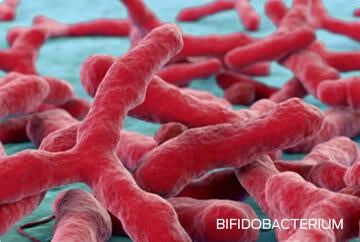Physiological and Beyond Nutritionally Essential Mechanisms of Action Behind Carnitine and Taurine Requirements in Cardiac, Skeletal and Other Tissues

Robert C. Backus, MS, DVM, PhD, Dipl. ACVN
Department of Veterinary Medicine and Surgery, University of Missouri, Columbia, MO
Overview
Cats have a dietary requirement for taurine due to inadequate synthesis from sulfur amino acid precursors. This presentation is a review of current understanding, and gaps in knowledge, about the role of taurine and carnitine in the nutrition and health of cats.
Key points
Taurine is an important physiological mitigator of cellular osmotic stress and has multiple functional roles in cardiac and skeletal muscle function, neurological development, retinal and reproductive health.
- Taurine effects on cardiac muscle include:
- Deficits from taurine deficiency include impaired myocardial contraction. Taurine blood levels may not reflect levels in cardiac muscle.
- Mechanisms are incompletely understood, but there are many other beneficial effects of taurine in heart failure, such as:
- Normalizes calcium concentration and flux; antioxidant effects.
- May mitigate the effects of catecholamines on cardiomyocytes and the vascular system.
- Mitigates the effects of angiotensinogen.
Carnitine is an essential enzyme cofactor. The main function is that of a cofactor of enzymes which, together, shuttle fatty acids across the inner mitochondrial membrane of cells.
- Carnitine deficiency has not yet been identified in cats.
- In people, primary carnitine deficiencies may result in hepatic steatosis, hepatomegaly, hyperammonemia, skeletal myopathy and cardiomyopathy.
- Deficiency may also interfere with complete oxidation of glucose, deplete mitochondria, other organelles and the entire cell and its processes of energy. Incomplete glycolytic metabolism may lead to the accumulation of lactic acid and then impose an acidosis and osmotic stress.
- Carnitine supplementation (in humans) has been shown to reduce concentration decline, improve heart function and symptoms of heart failure and improve recovery of muscle after intense exercise.
- In cats, carnitine supplementation may be able to mitigate age-associated sarcopenia, an important consideration as age-related mortality in cats increases as lean body mass decreases.
Clinical relevance
Although the precise mechanisms of action are not yet understood, taurine and carnitine play significant roles in cardiac and skeletal muscle, as well as eye health, reproductive health and the neurological development of cats. Supplementation may reduce oxidative stress and carnitine may help older cats maintain lean muscle mass.


